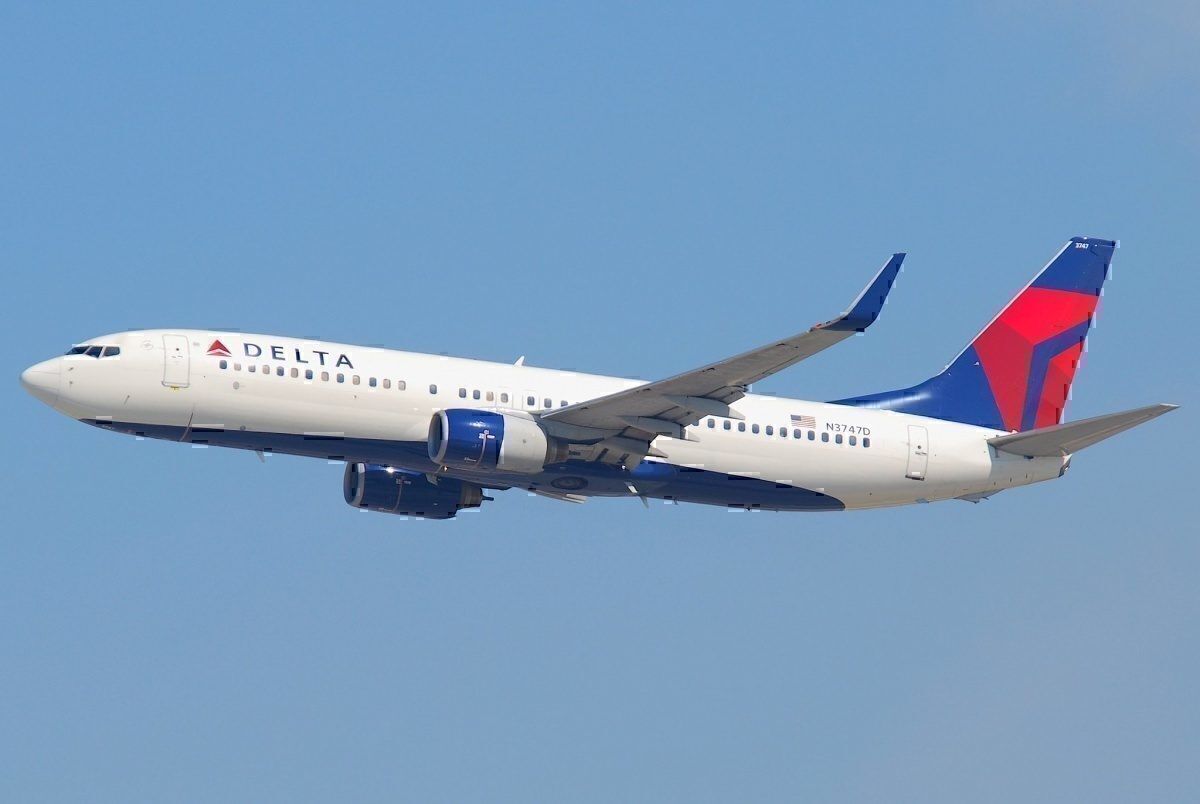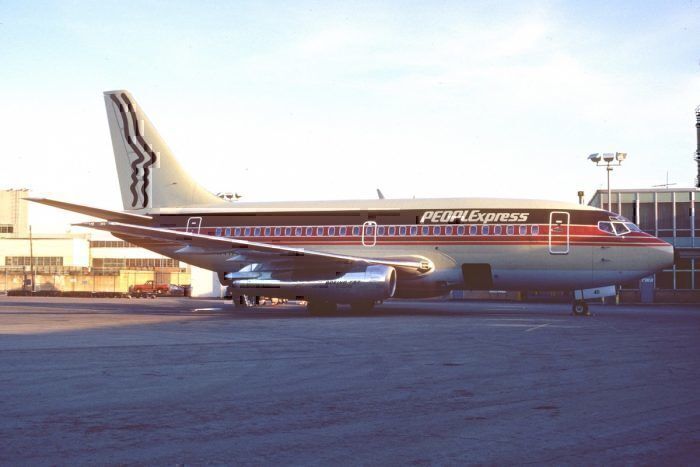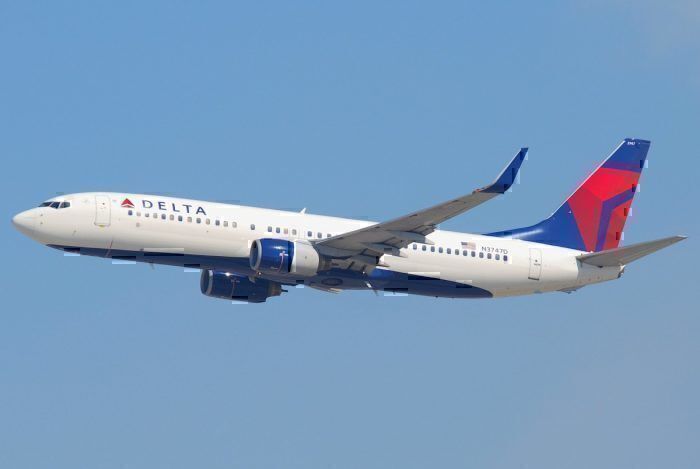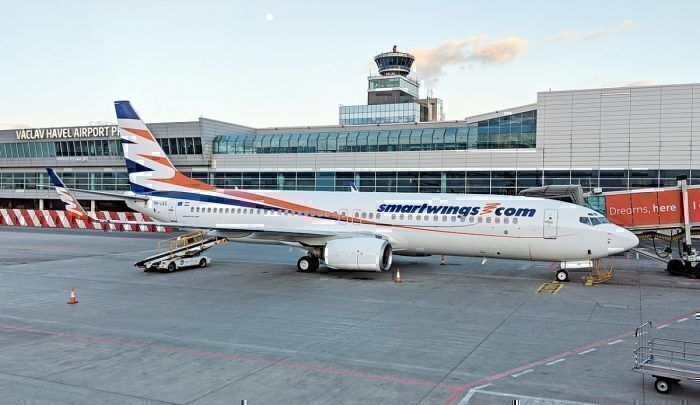Not only is the Boeing 737 the highest selling Boeing aircraft, it is the highest selling of any commercial passenger jet series in history. It’s been through a number of iterations since the original Boeing 737-100 entered into commercial service back in 1968. The most popular of all the various Boeing 737-800 types is the Boeing 737-800. Below we’ll run through the reasons behind the Boeing 737-800’s unrivalled success.
Boeing began the story of its most popular aircraft with the release of the Boeing 737-100 series more than 50 years ago. Upgrades and improvements to the successive Boeing 737 types throughout the years have been extensive.
But the basic platform of the Boeing 737, a narrow-body, short-to-medium range, twin-engine jet, has remained the same.
The various types of the Boeing 737 which have been produced throughout the years can be separated into four main generations – the 737 Original, 737 Classic, 737 Next Generation and the somewhat infamous 737 MAX.
Each of these generations consists of a number of different types which, while different, are linked by mutual design features and components. Out of all the separate types, the Boeing 737-800 stands out head and shoulders above the rest in terms of units sold.
The Boeing 737-800 in comparison to the other Next Generation types
As of today, the total number of Boeing 737-800s delivered is 4,982, the second highest type being the 737-700 at 1,128.
The Boeing 737-800 is part of the 737 Next Generation designation. Introduced in 1997, the Boeing 737 Next Generation aircraft offered significant internal upgrades and greater fuel efficiency than the classic generation aircraft before them.
These features made the Boeing 737-600, -700, -800 and -900/-900ER immediately popular with airlines, as associated running costs were cheaper. Each of the four types within the Next Generation family was built to fly with a specific passenger capacity and range limits.
The Boeing 737-800 hit a sweet spot between a number of different factors. In a one-class configuration, the 737-800 can seat 175 passengers. By comparison, the Boeing 737-600, -700 and -900ER can seat 123, 140 and 177 passengers respectively.
The Boeing 737-800’s longer fuselage makes it significantly more spacious, both in terms of passenger space and cargo.
One might expect this to come at the detriment of range. But at 2,935 nm, the 737-800’s range is not that much less than the 737-600, -700 and -900ER, which are 3,235 nm, 3,010 nm and 2,950 nm respectively.
Compromise is a recipe for success
As the basic stats for the various Boeing 737 Next Generation types show, the Boeing 737-800 sits in the middle of the pack.
It doesn’t have the highest passenger capacity and it doesn’t have the longest range. But that’s what has made it so popular – the Boeing 737-800 does lots of things well. In a market where there are many larger and smaller aircraft available, the Boeing 737 is best at sticking to its niche and doing it well.
If airlines want to carry as many passengers as possible, or have the maximum possible range, there are aircraft out there which are specifically designed to do just that.




